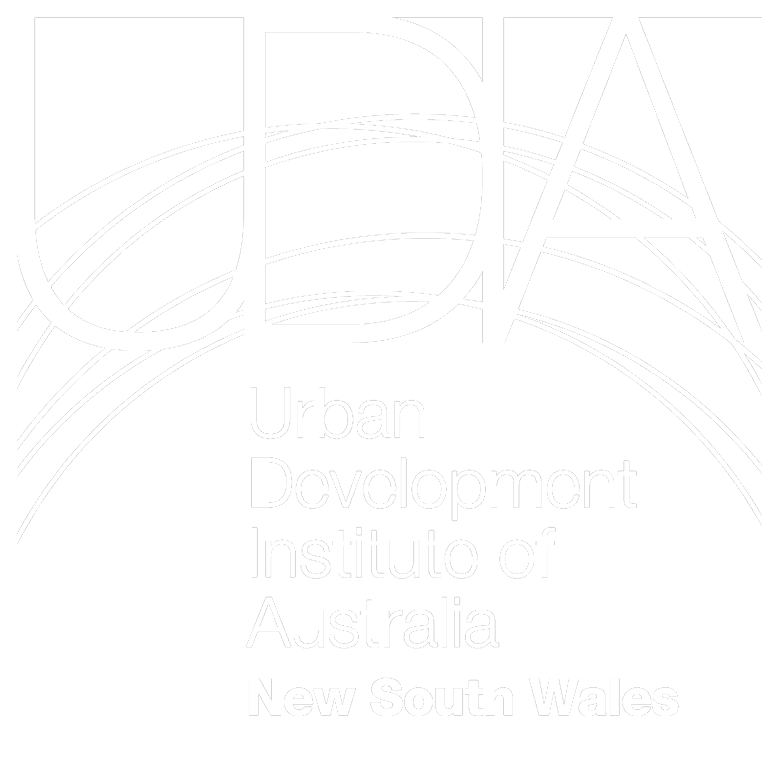A new report by the Urban Development Institute of Australia NSW (UDIA), Greenfield 2.0, launched today, sets out a new vision for delivering more greenfield homes, faster and at a lower cost to Government; without compromising quality or liveability.
“As the housing crisis deepens, the way we build our new suburbs is undergoing a radical shift. The era of a single developer shaping entire communities is coming to an end. We are now seeing smaller scale subdivisions and lots, different housing typologies and the need for more cost-efficient infrastructure all while maintaining best practice design and affordability,” said Stuart Ayres, CEO, UDIA NSW.
The NSW Government can’t achieve the housing supply volumes needed today, relying on infill developments alone. Greenfield 2.0 breaks the stigma of sprawl and shows a path to increased amenity and sustainability. The recommendations in this report will help government increase housing supply and strike a balance between infill and high amenity greenfield development.
Greenfield 2.0 is a blueprint for the changes we need to see in planning controls and delivery to unlock this critical housing type. It also proposes how we can deliver more medium-density housing, like townhouses, in greenfield settings, especially in Western Sydney, where demand is increasing.
“High amenity, communities with a diversity of homes, built on landscape led design to reduce heat and improve water management must play a critical role in tackling the housing crisis,” said Stuart Ayres.
The report – a collaboration between UDIA NSW and planning design consultancy URBIS – contains recommendations designed to support well located housing, prioritising access to transport, jobs and amenities, by unlocking some of the barriers to Greenfield housing delivery.
“Greenfield development is feasible with a ready market for the product. NSW needs massive increases of housing in all typologies to support the state’s growing population and economic future, which means that greenfield housing will continue to play a critical role in meeting our short and long-term housing targets,” said Stuart Ayres.
Drawing from several successful case studies across Sydney, the research found there is a need to “build out before you build up” around planned transport nodes in greenfield areas. This approach will create strong market demand over time for alternative housing types like townhouses and apartments to then emerge closer to the town centre.
“If you build it, they will come, but we can’t build apartment towers in paddocks and expect there to be an immediate market. People want to live near services and be part of a community.” said Carlos Frias, Director, Urbis.
By developing greenfield housing options first in these areas, you create a strong and vibrant community which can support demand for more dense housing types closer to the town centre over time,” said Stuart Ayres.
Greenfield 2.0 also found that adopting this model would allow for increased densities in Greenfield development areas compared to a business-as-usual approach, creating economies of scale and lowering the infrastructure cost per dwelling.
Coupling this development approach with consistent design engineering standards and planning controls that enable greater diversity and density, would also result in more consistent and sustainable design outcomes.
“We know land fragmentation is becoming a significant issue for greenfield development, with fewer and fewer large-scale parcels of land available to develop. This report shows that with better master planning frameworks in place, incentives for site amalgamation and improved mechanisms to stage enabling infrastructure delivery, those smaller landholdings can still provide open spaces and amenity, pedestrian-friendly streets and help reduce urban heat, just the same as a master planned community,” said Carlos Frias.
Greenfield 2.0 makes five key recommendations to Government:
- Update master planning frameworks and methodologies for growth areas to include clear delivery mechanisms, and ensure coordinated planning across larger development areas to overcome land fragmentation and support more efficient housing delivery;
- Modernise planning controls that enable innovative approaches to housing types and lot sizes, supporting greater flexibility and diversity in residential development;
- Ensure the timely provision of enabling infrastructure, such as transport, utilities, and community facilities, is aligned with zoning, land-use planning, and developer intentions, so that infrastructure delivery guides development staging and minimises delays in housing supply.;
- Review and update local, state, and Works in Kind (WiK) contribution frameworks to ensure fair, transparent, and effective cost allocation, with a focus on timely and coordinated delivery of local infrastructure to support dwelling construction;
- Update and endorse engineering and design standards to deliver high-quality public spaces, including streetscapes, parks, green corridors, stormwater systems, and environmental reserves, prioritising sustainability, accessibility, and visual appeal.
The full Greenfield 2.0 report can be found at this link
–ends–
Media Enquiries: Frank Colletta, frank@primarycommsgroup.com.au 0468 987 295

